Complex regional pain syndrome (CRPS)
Overview
Complex regional pain syndrome (CRPS) is a form of chronic pain that usually affects an arm or a leg. CRPS typically develops after an injury, a surgery, a stroke or a heart attack. The pain is out of proportion to the severity of the initial injury.
CRPS is uncommon, and its cause isn't clearly understood. Treatment is most effective when started early. In such cases, improvement and even remission are possible.
Symptoms
Signs and symptoms of CRPS include:
- Continuous burning or throbbing pain, usually in your arm, leg, hand or foot
- Sensitivity to touch or cold
- Swelling of the painful area
- Changes in skin temperature — alternating between sweaty and cold
- Changes in skin color, ranging from white and blotchy to red or blue
- Changes in skin texture, which may become tender, thin or shiny in the affected area
- Changes in hair and nail growth
- Joint stiffness, swelling and damage
- Muscle spasms, tremors, weakness and loss (atrophy)
- Decreased ability to move the affected body part
Symptoms may change over time and vary from person to person. Pain, swelling, redness, noticeable changes in temperature and hypersensitivity (particularly to cold and touch) usually occur first.
Over time, the affected limb can become cold and pale. It may undergo skin and nail changes as well as muscle spasms and tightening. Once these changes occur, the condition is often irreversible.
CRPS occasionally may spread from its source to elsewhere in your body, such as the opposite limb.
In some people, signs and symptoms of CRPS go away on their own. In others, signs and symptoms may persist for months to years. Treatment is likely to be most effective when started early in the course of the illness.
When to see a doctor
If you experience constant, severe pain that affects a limb and makes touching or moving that limb seem intolerable, see your doctor to determine the cause. It's important to treat CRPS early.
Causes
The cause of CRPS isn't completely understood. It's thought to be caused by an injury to or an abnormality of the peripheral and central nervous systems. CRPS typically occurs as a result of a trauma or an injury.
CRPS occurs in two types, with similar signs and symptoms, but different causes:
- Type 1. Also known as reflex sympathetic dystrophy (RSD), this type occurs after an illness or injury that didn't directly damage the nerves in your affected limb. About 90% of people with CRPS have type 1.
- Type 2. Once referred to as causalgia, this type has symptoms similar to those of type 1. But type 2 CRPS occurs after a distinct nerve injury.
Many cases of CRPS occur after a forceful trauma to an arm or a leg. This can include a crushing injury or a fracture.
Other major and minor traumas — such as surgery, heart attacks, infections and even sprained ankles — also can lead to CRPS.
It's not well understood why these injuries can trigger CRPS. Not everyone who has such an injury will go on to develop CRPS. It might be due to a dysfunctional interaction between your central and peripheral nervous systems and inappropriate inflammatory responses.
Complications
If CRPS isn't diagnosed and treated early, the disease may progress to more-disabling signs and symptoms. These may include:
- Tissue wasting (atrophy). Your skin, bones and muscles may begin to deteriorate and weaken if you avoid or have trouble moving an arm or a leg because of pain or stiffness.
- Muscle tightening (contracture). You also may experience tightening of your muscles. This may lead to a condition in which your hand and fingers or your foot and toes contract into a fixed position.
Prevention
These steps might help you reduce the risk of developing CRPS:
- Taking vitamin C after a wrist fracture. Studies have shown that people who take a high dose of vitamin C after a wrist fracture may have a lower risk of CRPS compared with those who didn't take vitamin C.
- Early mobilization after a stroke. Some research suggests that people who get out of bed and walk around soon after a stroke (early mobilization) reduce their risk of developing CRPS.
Diagnosis
Diagnosis of CRPS is based on a physical exam and your medical history. There's no single test that can definitively diagnose CRPS, but the following procedures may provide important clues:
- Bone scan. This procedure might help find bone changes. A radioactive substance injected into one of your veins allows your bones to be seen with a special camera.
- Sweat production tests. Some tests can measure the amount of sweat on both limbs. Uneven results may indicate CRPS.
- X-rays. Loss of minerals from your bones may show up on an X-ray in later stages of the disease.
- Magnetic resonance imaging (MRI). Images captured with an MRI test may show tissue changes that rule out other conditions.
Treatment
There's some evidence that early treatment might help improve symptoms of CRPS. Often, a combination of different treatments, tailored to your specific case, is necessary. Treatment options include:
Medications
Doctors use various medications to treat the symptoms of CRPS.
- Pain relievers. Over-the-counter (OTC) pain relievers — such as aspirin, ibuprofen (Advil, Motrin IB, others) and naproxen sodium (Aleve) — may ease mild pain and inflammation.
Your doctor may prescribe stronger pain relievers if OTC ones aren't helpful. Opioid medications might be an option. Taken in appropriate doses, they might help control pain.
- Antidepressants and anticonvulsants. Sometimes antidepressants, such as amitriptyline, and anticonvulsants, such as gabapentin (Neurontin), are used to treat pain that originates from a damaged nerve (neuropathic pain).
- Corticosteroids. Steroid medications, such as prednisone, may reduce inflammation and improve mobility in the affected limb.
- Bone-loss medications. Your doctor may suggest medications to prevent or stall bone loss, such as alendronate (Fosamax) and calcitonin (Miacalcin).
- Sympathetic nerve-blocking medication. Injection of an anesthetic to block pain fibers in the affected nerves may relieve pain in some people.
- Intravenous ketamine. Some studies show that low doses of intravenous ketamine, a strong anesthetic, may substantially alleviate pain.
Therapies
- Heat therapy. Applying heat may offer relief of swelling and discomfort on skin that feels cool.
- Topical analgesics. Various topical treatments are available that may reduce hypersensitivity, such as over-the-counter capsaicin cream, or lidocaine cream or patches (Lidoderm, LMX 4, LMX 5).
- Physical or occupational therapy. Gentle, guided exercising of the affected limbs or modifying daily activities might help decrease pain and improve range of motion and strength. The earlier the disease is diagnosed, the more effective exercises might be.
- Mirror therapy. This type of therapy uses a mirror to help trick the brain. Sitting before a mirror or mirror box, you move the healthy limb so that the brain perceives it as the limb that is affected by CRPS. Research shows that this type of therapy might help improve function and reduce pain for those with CRPS.
- Transcutaneous electrical nerve stimulation (TENS). Chronic pain is sometimes eased by applying electrical impulses to nerve endings.
- Biofeedback. In some cases, learning biofeedback techniques may help. In biofeedback, you learn to become more aware of your body so that you can relax your body and relieve pain.
- Spinal cord stimulation. Your doctor inserts tiny electrodes along your spinal cord. A small electrical current delivered to the spinal cord results in pain relief.
- Intrathecal drug pumps. In this therapy, medications that relieve pain are pumped into the spinal cord fluid.
- Acupuncture. The insertion of long, thin needles may help stimulate nerves, muscles and connective tissue to increase blood flow and relieve pain.
It's possible for CRPS to recur, sometimes due to a trigger such as exposure to cold or intense emotional stress. Recurrences may be treated with small doses of an antidepressant or other medication.

.jpg)
































































.jpg)











_Injection_Description_in_Hindi.jpg)



















.jpg)



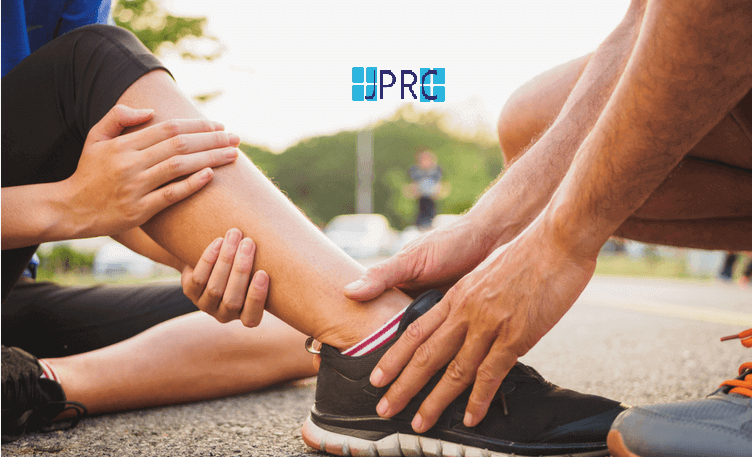






.jpg)




.jpg)
.jpg)
.jpg)







.jpg)
.jpg)
.jpg)
.jpg)
.jpg)
.jpg)
.jpg)
.jpg)
.jpg)
.jpg)
.jpg)
.jpg)
.jpg)
.jpg)
.jpg)
.jpg)
.jpg)
.jpg)
.jpg)
.jpg)
.jpg)
.jpg)



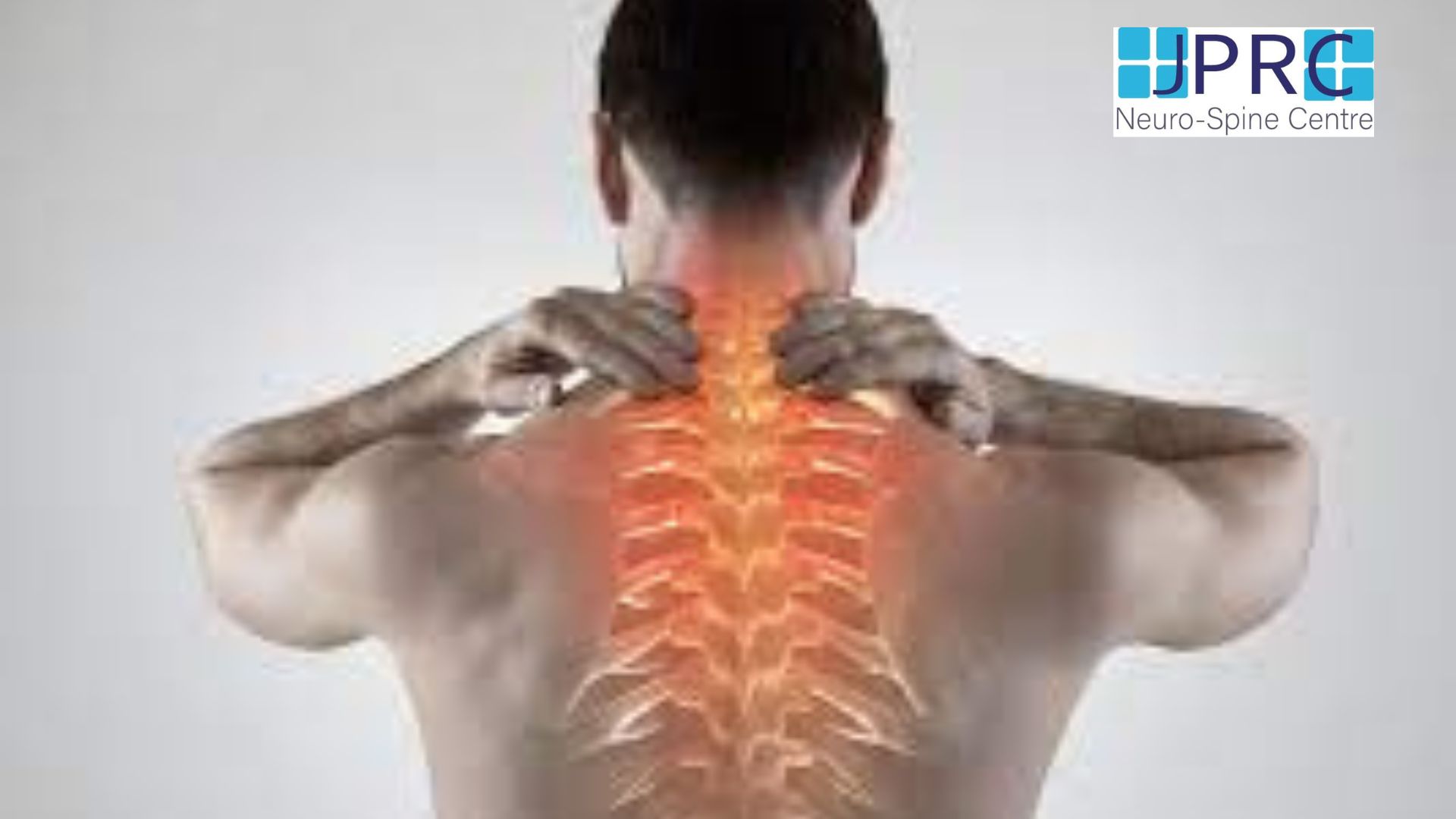




1.jpg)
1.jpg)

1.jpg)
1.jpg)
1.jpg)
1.jpg)
1.jpg)

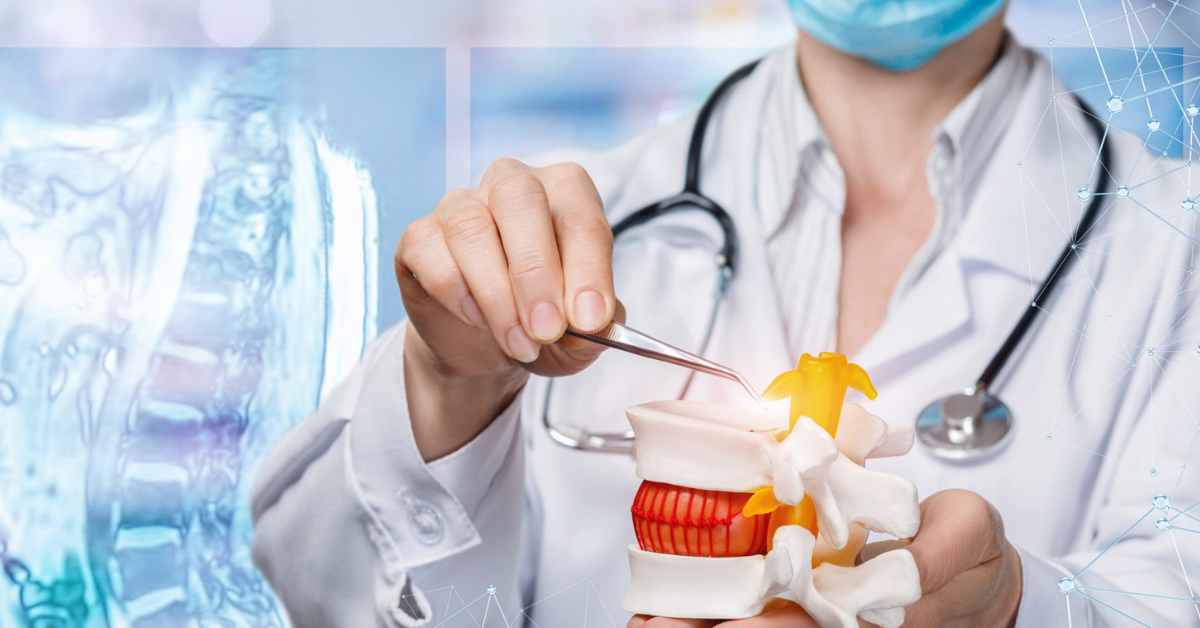








2.jpg)
3.jpg)



4.jpg)
1.jpg)
2.jpg)
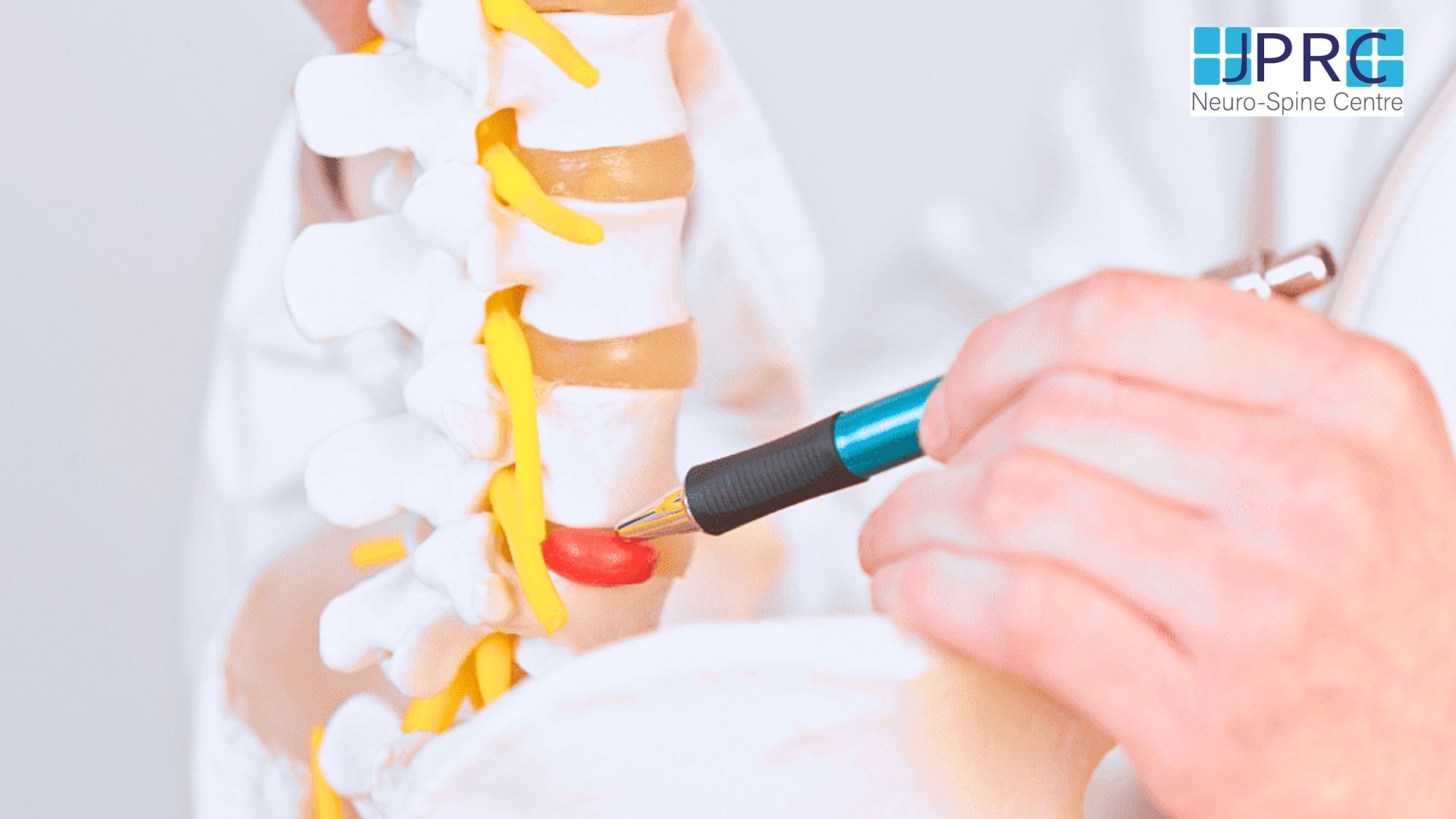
5.jpg)
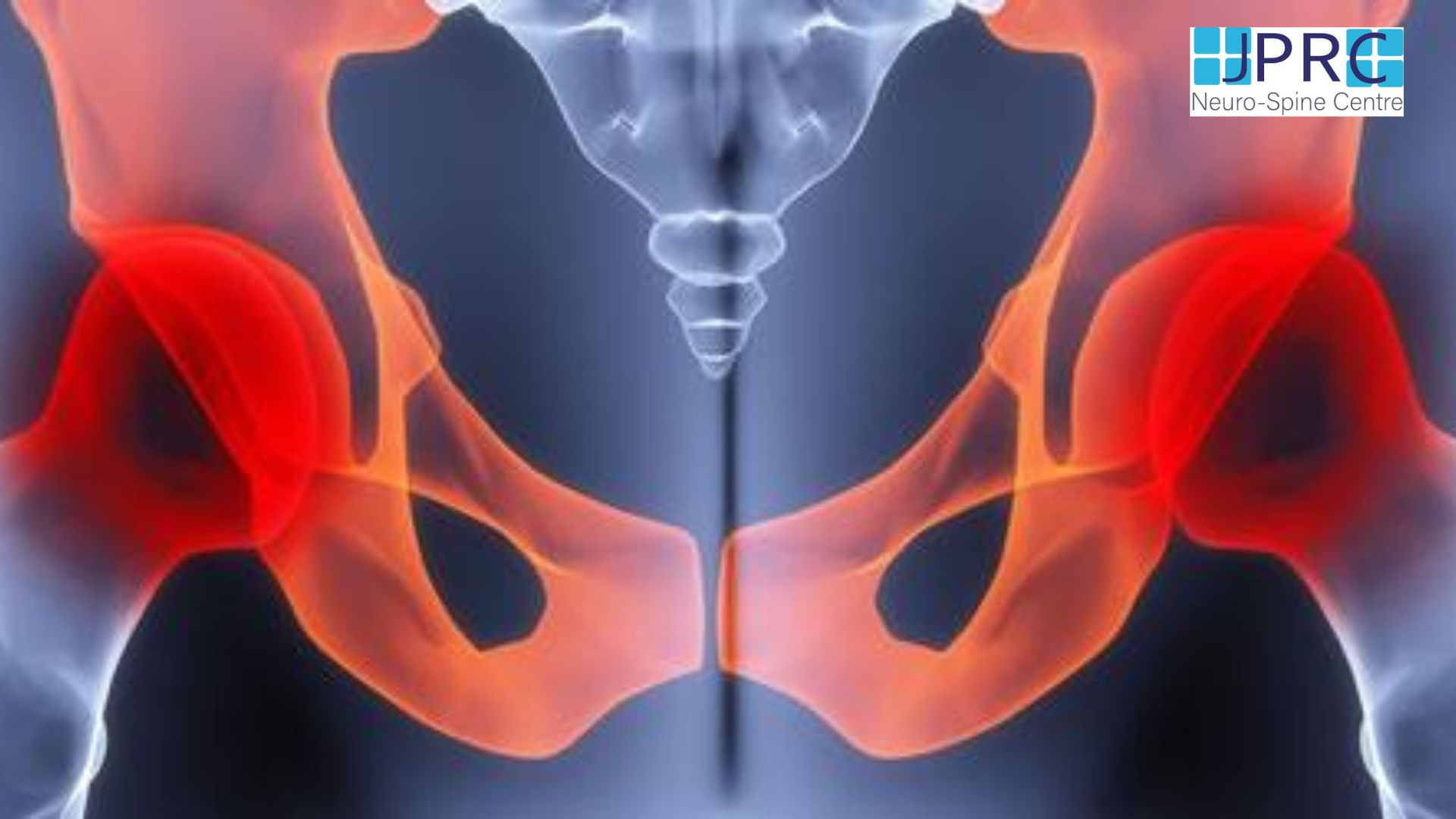
6.jpg)




7.jpg)
2.jpg)

8.jpg)

9.jpg)
3.jpg)

10.jpg)

11.jpg)


12.jpg)
4.jpg)






























